The 9 Smartest Birds in the World
We had no idea brains and feathers go hand in hand until now. A few birds out there that can recognize faces, plan ahead, solve puzzles, and even trick their own kind! This is a rundown of the world’s sharpest beaked thinkers, and why scientists are paying serious attention to them.
New Caledonian Crow
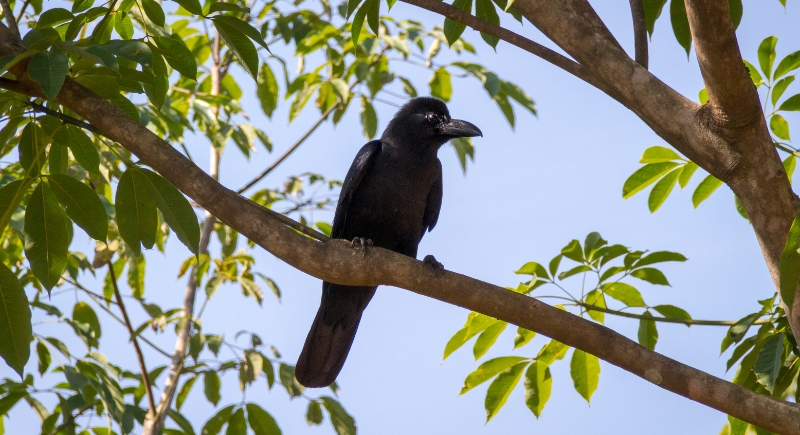
Credit: Getty Images
This bird stumped scientists and forced them to rethink animal intelligence. It’s found only in New Caledonia and uses tools in the wild, like twigs and leaves, to dig out grubs. In labs, these crows have solved multi-step puzzles, even using one tool to get another. A 2002 study showed they could shape hooks from wires to pull up food.
Grey Parrot
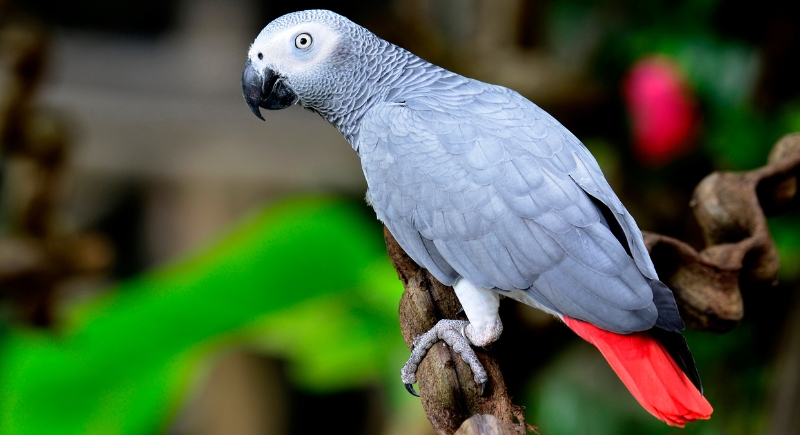
Credit: Getty Images
One bird, named Alex, changed everything we assumed about animal speech. Under Dr. Irene Pepperberg’s care, Alex learned over 100 words and could answer questions about color, shape, and number. When this grey parrot said “wanna go back” or “I’m sorry,” he meant it—he wasn’t just copying humans.
Common Raven
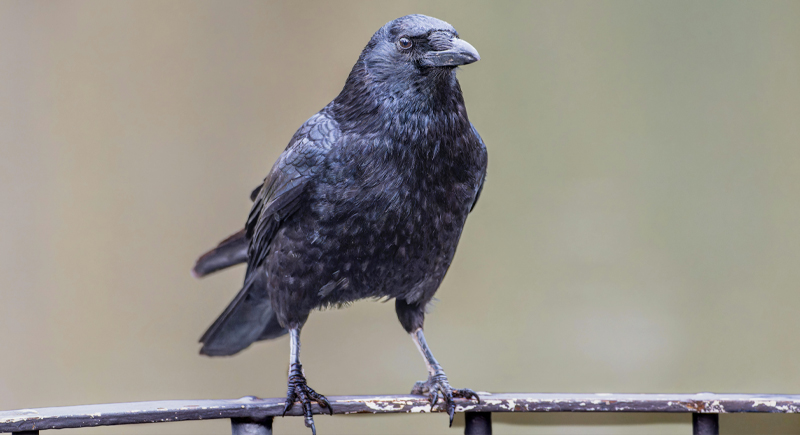
Credit: pexels
In one study, ravens picked a tool they would need 15 minutes later, skipping a treat they could have had right away. They also re-hide their food if another bird might’ve seen the first hiding spot. That means they can guess what others are thinking—a mental skill called theory of mind.
Kea
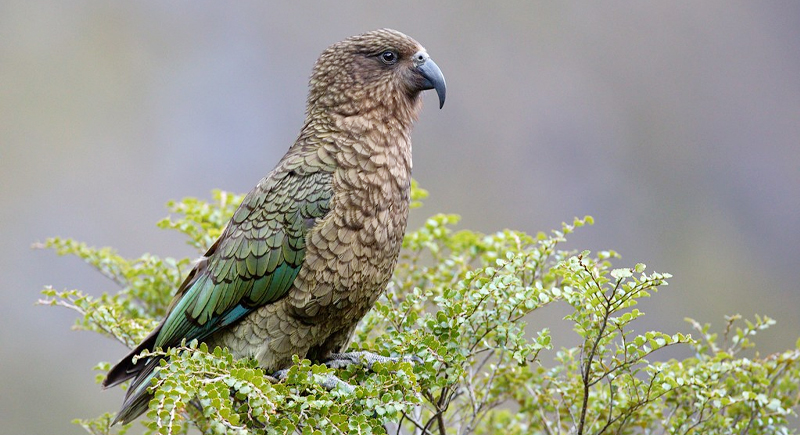
Credit: flickr
This mountain parrot from New Zealand acts like a mischievous teenager. It opens zippers, rips apart camping gear, and plays with snowboards. But there’s real intelligence behind the antics. In a 2017 study, keas worked together to solve puzzles, something that’s hard for most animals without strict training. They also passed tasks that stumped some monkeys.
Eurasian Magpie
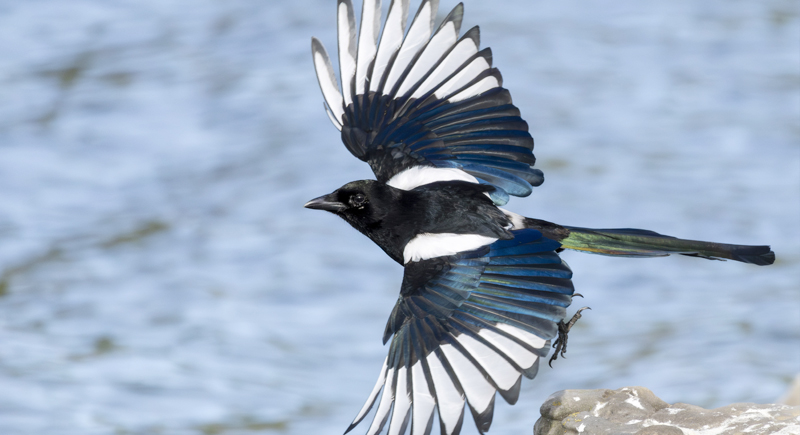
Credit: Wikimedia Commons
Put a mirror in front of this bird, and it’ll spot a mark on its body and try to remove it. That means it knows it’s looking at itself, not another bird. Only a few animals—mostly apes and dolphins—pass this mirror test. Magpies also fake hiding spots for food to throw off other birds.
Tanimbar Corella
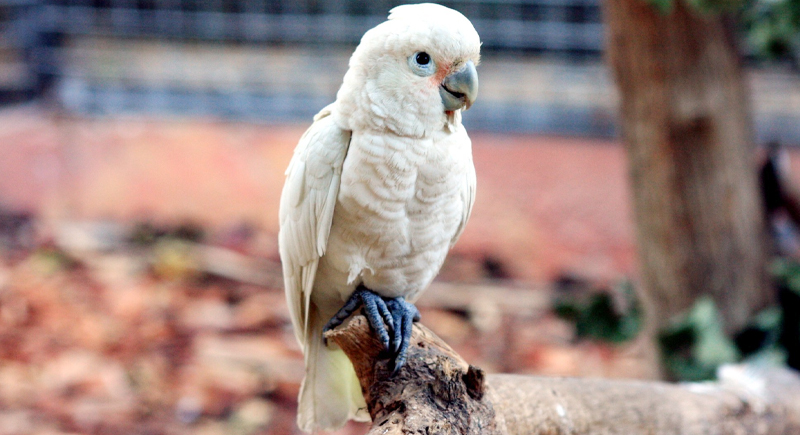
Credit: Wikimedia Commons
Goffin’s cockatoos don’t use tools in the wild, yet in labs, they blow researchers’ minds. One cockatoo figured out how to unlock five different locks, one after another, to get food. Others have made their own tools from cardboard or wood, without being shown how. They adapt quickly and show a kind of flexible thinking that’s rare outside of humans and some apes.
Woodpecker Finch
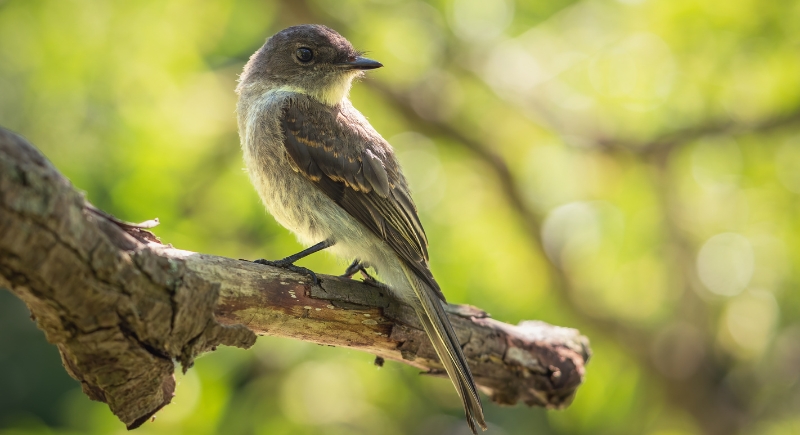
Credit: Getty Images
Found in the Galápagos, this little bird uses cactus spines or twigs to spear bugs hiding deep inside trees. It’s one of the only wild birds that naturally makes and uses tools without human training needed. Researchers found that they choose tools based on the job, meaning they understand how each tool works.
American Crow
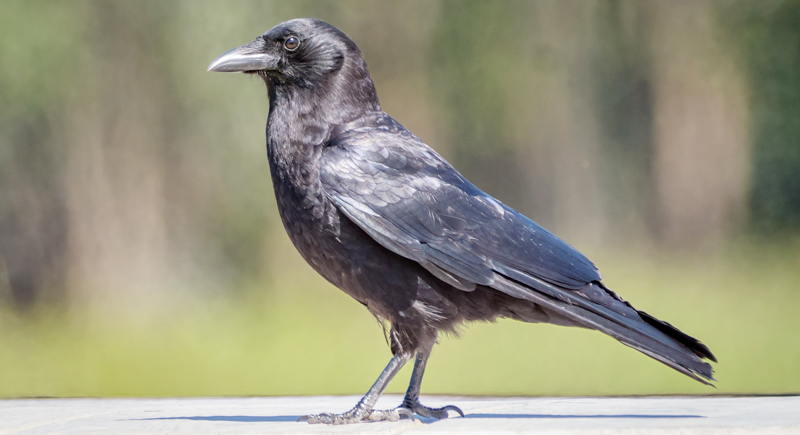
Credit: Wikimedia Commons
Researchers at the University of Washington wore scary masks while catching crows, and years later, the crows still dive-bombed those same masks. Even their offspring, who weren’t alive during the experiment, joined in. That means they passed the memory through their social group. They’ve also been caught using cars to crack nuts and timing traffic to avoid getting hit.
Eurasian Jay
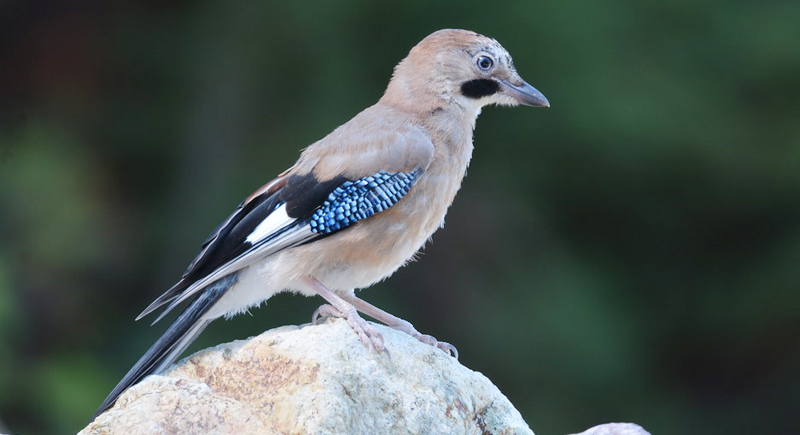
Credit: flickr
When this jay hides food, it keeps track of what it hid and when it hid it. If it stashed perishable food, it came back sooner. If another bird was watching, it moved the stash later. That suggests it can imagine what others know or don’t know. In tests, they even gave treats to their preferred mates.
Great Tit
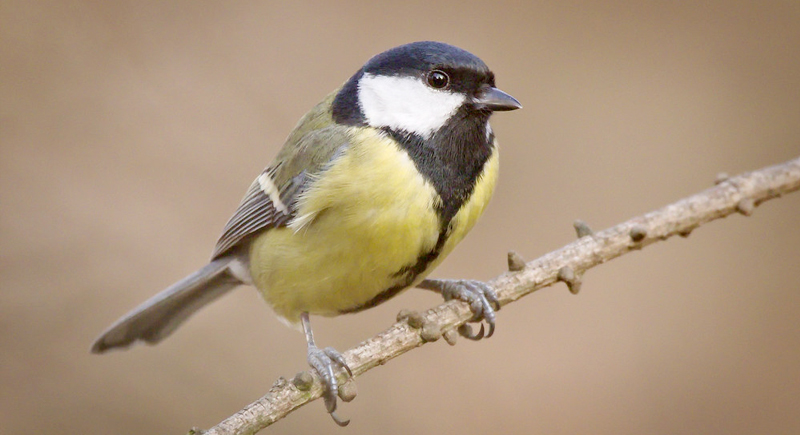
Credit: flickr
These small songbirds once baffled people in Britain by pecking open foil milk bottle tops to reach the cream inside. That clever trick wasn’t isolated—it spread rapidly and showed how they learn from each other. The great tit has also been spotted using tools and adapting their behavior based on past experiences.
Northern Mockingbird
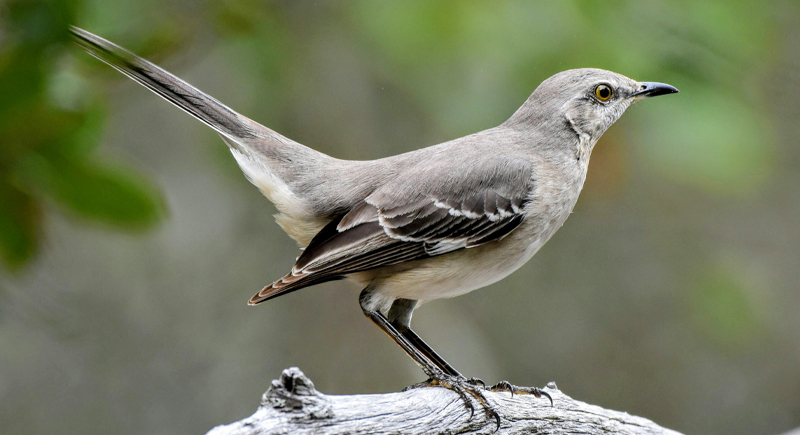
Credit: pexels
The mockingbird might be one of nature’s best impressionists. It’s capable of copying car alarms, other bird calls, and even barking dogs. One bird can learn over 200 sounds. But it’s not all for show—they remember which humans walked near their nests and react more aggressively to those people later.
Clark’s Nutcracker
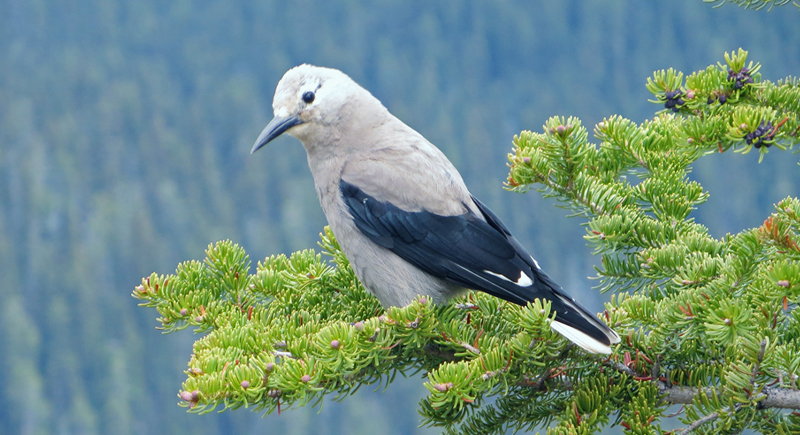
Credit: Wikimedia Commons
This bird remembers where it stashes up to 30,000 seeds across mountains, months later, even under snow. It uses landmarks and mapping to get back to each hiding spot. That skill keeps it alive in cold months, but also helps regrow pine forests when seeds go uneaten. So the nutcracker isn’t just smart, it’s a part-time forest planter.
Harris’s Hawk
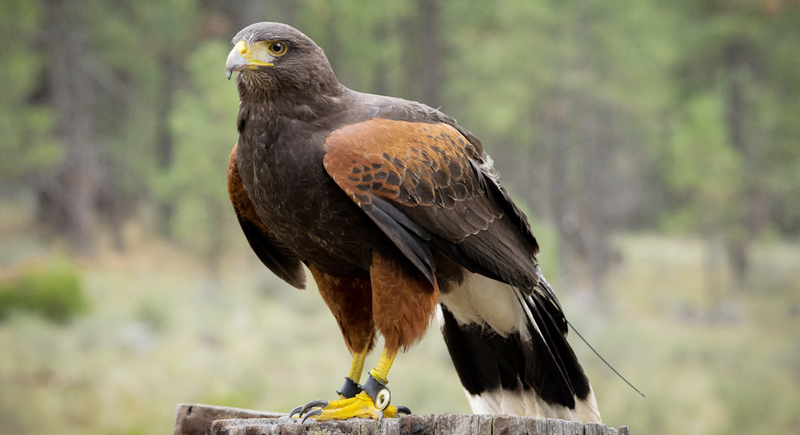
Credit: flickr
It’s one of the only birds of prey that hunts like a wolf. Harris’s hawks team up to flush out prey and block escape routes while taking turns in a kind of aerial choreography. Young hawks watch and learn from older family members.
California Scrub Jay
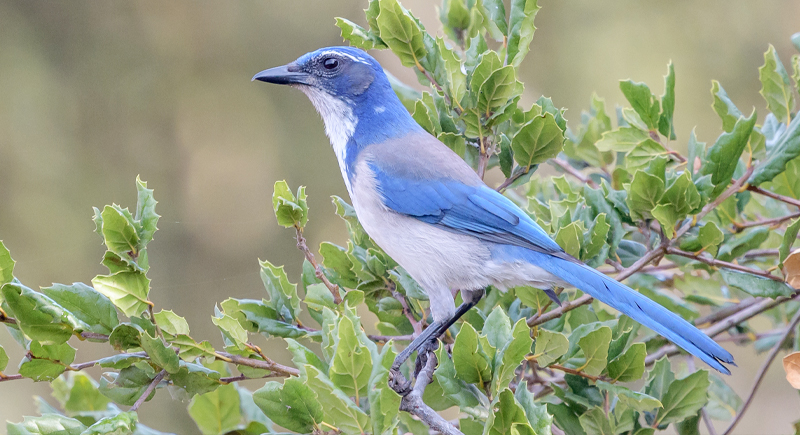
Credit: Wikimedia Commons
These jays seem to think ahead. When caching food, they sort it by how long it’ll last—like insects vs. acorns. They’ve also been known to move their stashes if another bird was watching the first time.
Satin Bowerbird
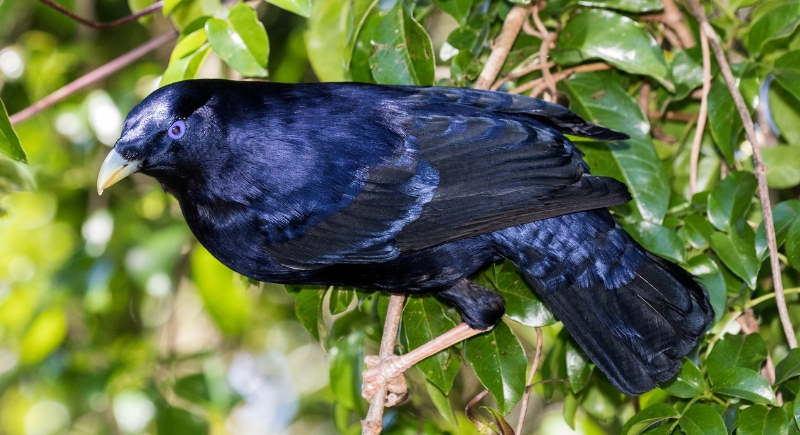
Credit: Getty Images
The male satin bowerbird is part decorator, part illusionist. To attract females, he builds a bower—not a nest—and lines it with blue objects like berries, bottle caps, and even pens. Then he arranges items by size to make the display look deeper using forced perspective.